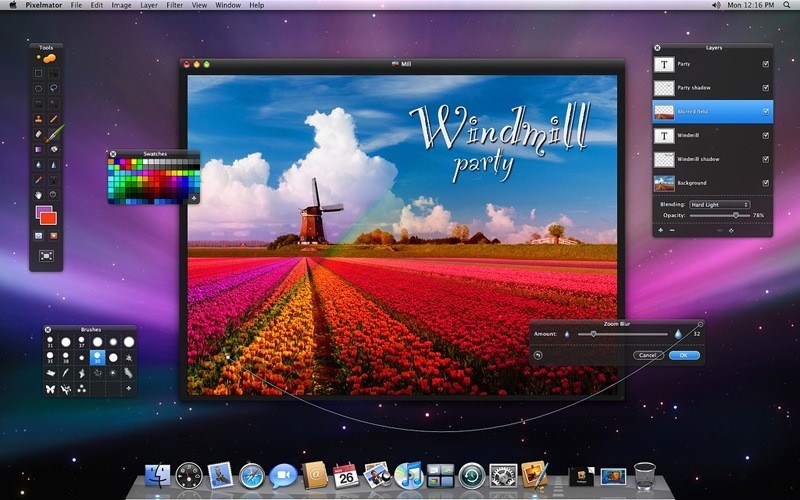

Single-clicking again will toggle to Rotation, then another single click will move back to Width and Hardness.īetween these three modifier options, you have an expanded amount of control over your brush properties without ever leaving your canvas. As mentioned above, this allows you to quickly create a ‘squished’ or oval brush shape. However, if you single click on the left mouse button, you will now toggle to Shape and Spacing instead. With a brush tool selected, holding Ctrl+Alt (macOS) or Alt+Right click (Windows) then dragging with left-click will offer you the usual modifier to alter the brush Width and Hardness. This little-known feature is incredibly useful for brush-based workflows, especially architecture workflows where you need to quickly create oval brushes for blocking in shadow detail. OK, so this is more than five things, but I’d also like to draw your attention to these nice little additions to Affinity Photo 1.8… Enhanced brush modifier for selecting shapes or working with pixel art). You can of course disable ‘Soft edges’ on the context toolbar if you prefer a selection comprised of absolute pixels (e.g.

Previously, even if you were cutting out a straightforward object with distinct edges, you would often need to use selection refinement to avoid having a ‘jagged’ cutout-now, simply create your selection, add a mask and you’re done! This is an incredible timesaver because it negates the need to jump into selection refinement for quite a number of use cases. Whenever you create a selection using this brush, when you release the mouse button to commit the selection some quick edge analysis is performed and the selection becomes ‘matted’ or antialiased. The powerful Selection Brush Tool now has a new option which is enabled by default, and it’s called Soft edges. The antialiased result of using the new ‘soft edges’ feature on the Smart Selection Brush Tool This allows you to take advantage of the extra precision for the tonal stretching required with astrophotography processing. You can take the same approach as with panorama stitching by processing to 32-bit TIFFs and then adding them to a new stack.

Improved RAW processing for batch processingĪffinity Photo’s RAW development has undergone quite the transformation since its initial debut in version 1.4-it’s had some notable improvements, some of which are explored in the article What’s new with RAW in Affinity Photo 1.7?. Please turn on JavaScript to view this video Using plugins with Affinity Photo 4.


 0 kommentar(er)
0 kommentar(er)
